Anglers Booking Team
The expert copywriters at Anglers Booking have meticulously crafted this article. Our dedicated team of writers provides valuable insights and information to enhance your angling experience.
 10 minutes read
10 minutes readVery often among anglers, you can hear the topic "Fishing after the storm." Some will say it's a good idea. But, there will be those who think it's not too smart. The answer to that is complex. Fishing after a storm can have both good and bad sides.
For example, fish are very active after the rain. That may sound positive, but only some things are so simple. You are probably now asking, "So what should I do? Is it a good idea or not?"

Rest assured, you've stumbled upon an article that holds the key to your fishing success after a storm. This comprehensive guide will delve into the pros and cons of post-storm fishing, equipping you with valuable tips for a fruitful fishing experience.
Make sure to read this article in its entirety. Let's dive in!
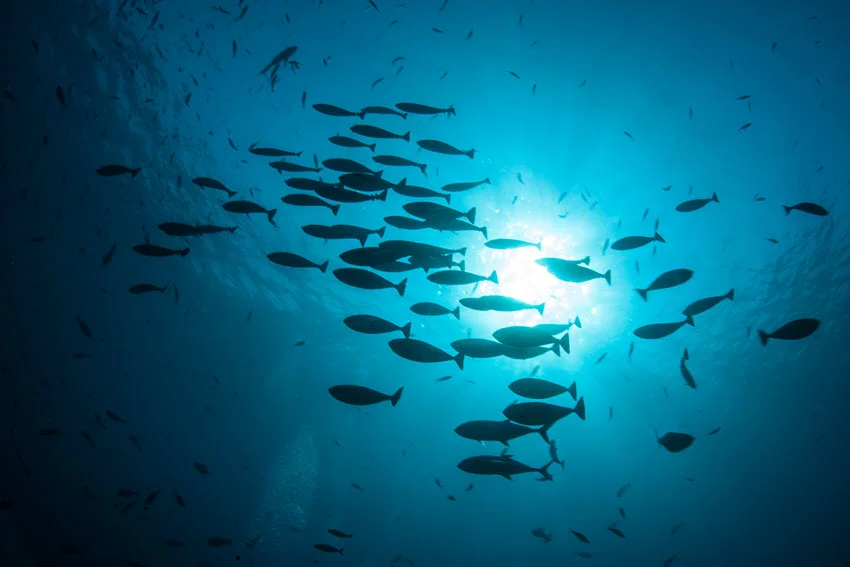
Weather conditions after a storm significantly impact fish behavior and fishing success. Fish adapt and behave differently depending on these conditions, which underscores the importance of anglers' adaptability and their ability to adjust their fishing strategies to maximize their chances of success.
Water Temperature: Fish can move around to find optimal feeding conditions if the water temperature changes during a storm. Warmer temperatures after a storm can encourage increased fish activity. In colder waters, fish often refuge in deeper and calmer parts of the water.
Atmospheric Pressure: Changes in atmospheric pressure can lead to changes in the amount of oxygen in the water. Increased atmospheric pressure usually leads to increased fish activity, while a pressure drop can slow their activity.
Food Availability: This is another factor that can influence fish behavior. Changes in weather conditions can also affect the movement of prey. Fish often follow their prey, and anglers should adapt to this.
Anglers should be aware of all these factors when going fishing. This will maximize their chance for success.
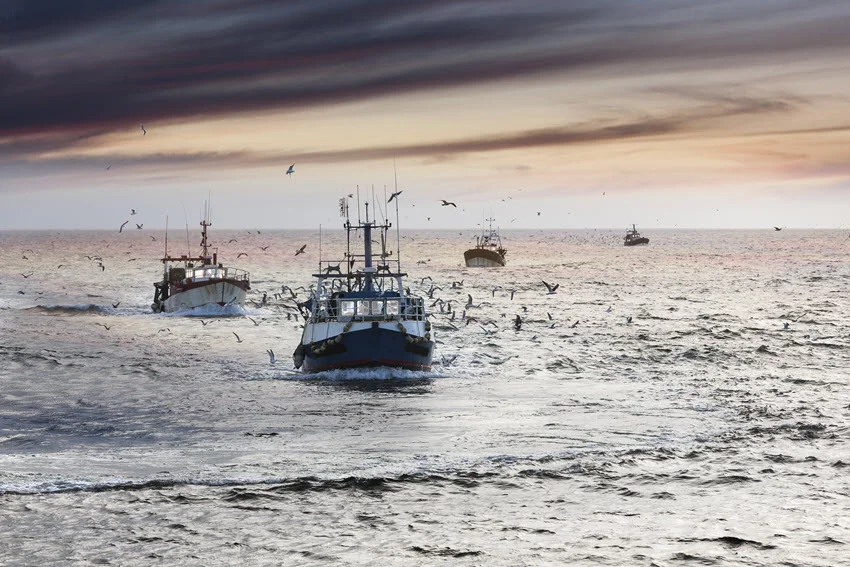
After a storm, fishing becomes an exhilarating adventure into the unknown. Expect sudden challenges and unexpected rewards. The changes in the aquatic environment post-storm ignite a surge of activity among fish, presenting several advantages for anglers.
However, it also brings its fair share of challenges, adding to the thrill of the experience. Below, we have listed some benefits of fishing after a storm.
Increased Fish Activity: Post-storm often translates to more successful catches. As fish become more active in their search for food, anglers can approach their fishing optimistically, knowing their chances of success are significantly higher.
Improved Food Availability: Due to changes in the ecosystem, food availability has increased, attracting fish closer to shore and making it much easier for anglers to be successful in fishing.
Favorable Weather Conditions: Calm often follows storms, making for ideal fishing conditions.
Unusual Fish Species: After storms, many unusual and rare fish species may move closer to the water's surface for food, increasing the potential for unusual catches.
Utilize Prior Experience: Previous experience can be significant. Use prior experience and knowledge of locations that have proven successful for post-storm fishing. Pay attention to past catches and fishing patterns to identify potential locations.
Explore Bottom Structures: Different bottom structures, such as rocks, can attract different types of fish. Analyze bottom structure in various locations to identify potentially fertile fishing spots.
Create a Fishing Itinerary: Make an itinerary. The itinerary should take you to your chosen fishing location. Think about the optimal schedule of visits to different places. That way, you'll make the most of your time on the water.
Of course, this type of fishing also has bad sides. Below are some of them.
Unstable Conditions: Strong winds and unpredictable currents can be dangerous for anglers, so caution is advised.
Increased Competition: Competition can be fierce. After storms, more anglers will be looking for fish in popular spots.
Variable Fish Activity: Fish behavior can be unpredictable, leading to mixed results.
Difficult Access: Another disadvantage of this fishing is the problematic approach. After a storm, a tree may have fallen, and the paths are often flooded. All this makes it physically demanding and prevents anglers from accessing fishing spots.
Hopefully, you now have a clearer idea of the pros and cons of fishing after a storm. Carefully analyze both to better prepare yourself for fishing in these conditions.
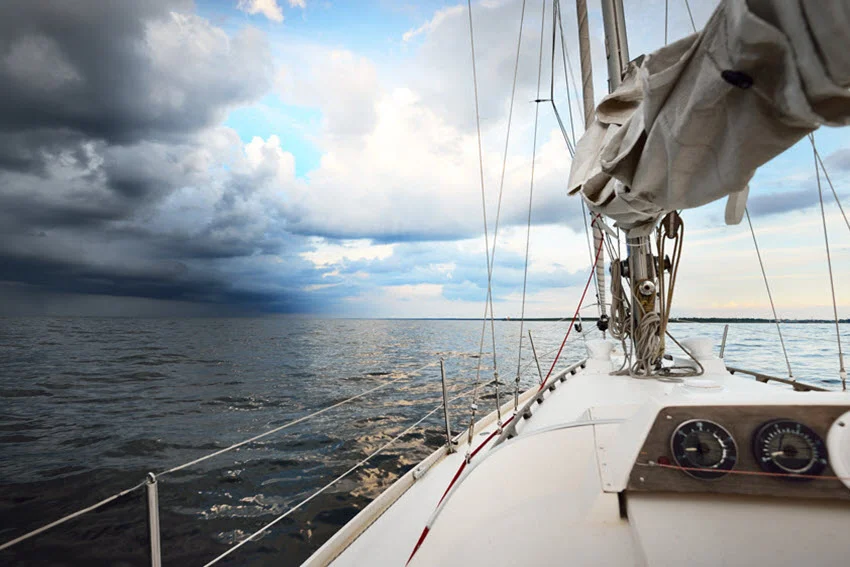
Fishing after a storm can be challenging but also productive. However, it already depends on several factors. Here are some tips on how to take advantage of the changes after the storm.
Fish Move Closer to Shore: After a storm, fish often move closer to shore, searching for food. So try fishing along the coast. Places where a river or lake enters the water are perfect. A lot of food can accumulate there, which attracts fish.
Use Brighter Lures: After rain, the water may turn darker due to sedimentation. So, use brighter lures that stand out in murky water. This will attract the fish's attention.
Fish Where Currents Change: Storm winds can change the water flow, so you should fish where the current changes. These are usually the edges of rivers or places where currents form. There, the fish wait for the prey that comes with the current.
Vary Fishing Depths: Fish can move at different depths in the water after a storm. Try different fishing depths. Vary the depth until you find where the fish congregate the most.
Be Patient with Slower Fish: Fish may move more slowly after a storm. Although they are necessarily more active after a storm, there are no rules. Decreased activity may also occur. Be patient. Give the fish time to react to your bait. Sometimes, it takes more time to get their attention.
Prioritize Safety: Always prioritize safety. Be vigilant for hazards such as fallen trees, slippery coasts, or elevated water levels. Your well-being is paramount. Avoid risky situations to ensure a safe and enjoyable fishing experience.
Remember, fishing after a storm is a venture into the unknown. While these tips can enhance your chances of a successful fishing day, it's crucial to understand that fishing after rain remains unpredictable. Even with these strategies in your arsenal, success is not guaranteed. Stay prepared for the unexpected.
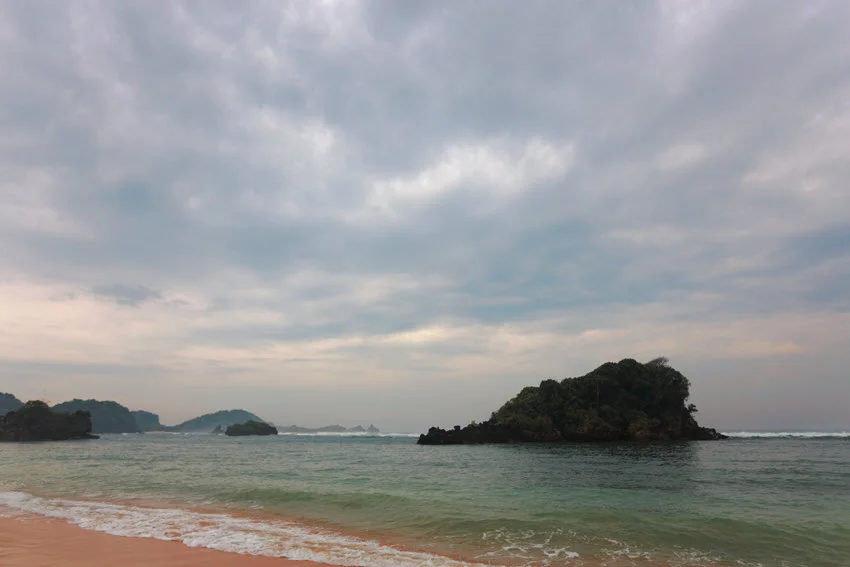
Did you think that storms cause ecological consequences? How? Storms can cause changes in the marine environment, which affects the ecosystem. Below are a few key environmental aspects of fishing after a storm.
Disturbances in fish populations may occur. A strong storm can change the state of the underwater ecosystem. There may be a change in the water temperature. The amount of oxygen and the structure of the habitat can also be changed. This can lead to migrations of fish in search of food. Fishing after a storm can affect vulnerable fish populations.
After a storm, the distribution of plankton can change dramatically, affecting fish diets and leading to changes in their growth. Fishing practices after a storm should be carefully balanced. Storm events can cause physical damage to the seabed, including the destruction of corals and algae. Fishing activities after a storm should be carefully planned to minimize additional damage to marine habitats.
Strong winds during storms can cause coastal erosion. This can affect the habitat and reproduction of fish that breed in shallow waters. Also, it's good to know that storm events can damage fishing vessels and equipment and affect the anglers' ability to do their jobs. Rebuilding fishing infrastructure after a storm can require significant resources.
As you have seen, fishing after a storm can damage the fish population. Anglers should take care when fishing in these situations.
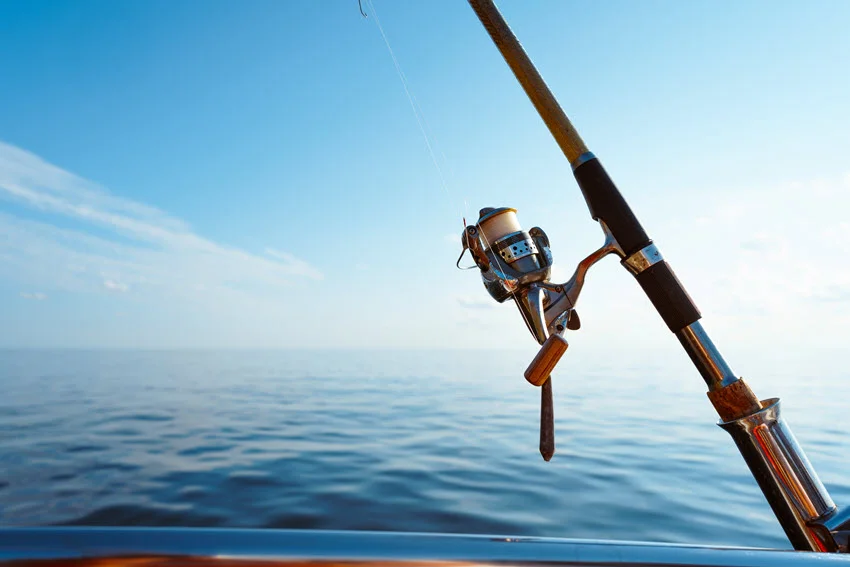
Reinforced gear is crucial when preparing to fish after a storm. Choosing the right fishing rod is essential for handling the unique conditions. Here are some elements to consider.
Universal Rods: This can be an excellent choice for fishing after a storm. Universal rods are strong enough to handle potentially stronger currents.
Safety Equipment: Additional safety equipment, such as life jackets, signal lights, and emergency whistles, is essential. This can be significant in unpredictable situations.
Lures for Various Conditions: Different types of lures can be helpful in various water conditions. Bring lures such as wobblers or live bait.
Additional Essentials: Along with basic fishing gear, consider carrying additional essentials. These could be spare fishing lines and spare spikes for lures.
Weather-Appropriate Clothing: This is essential. Consider layering clothing, which allows you to adapt to changing temperatures. Also, bring waterproof, slip-resistant boots.
Sturdy Footwear: Boots with a good grip can be vital, especially if you plan to fish on rocky terrain. Choose boots with rubber soles.
Other Considerations: Before fishing after a storm, it's essential to consider other factors, such as the current water conditions, the weather forecast, the accessibility of fishing spots, and the ability to access emergency services if needed.
Adjusting your gear and preparing for different scenarios can help you make the most of your fishing after a storm. At the same time, you ensure your safety. Don't forget to plan ahead and pack accordingly. Knowing what to pack for a fishing trip can make your experience much more enjoyable and efficient.
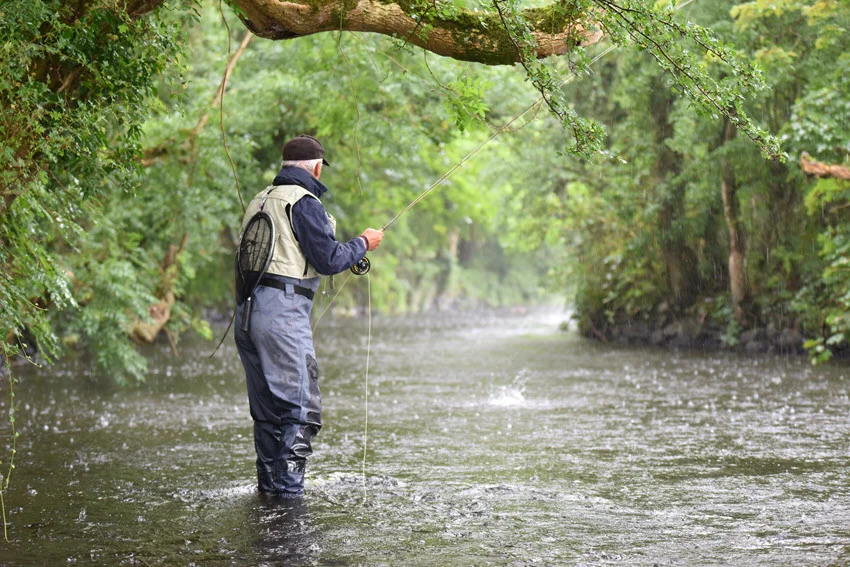
Whether fishing is better before or after rain depends on several factors. It depends on the fish you want to catch. The type of water you fish in is also an essential factor.
Rain can affect fish activity in several ways. Some anglers claim fishing is better before the rain as the fish prepare for weather changes. In those situations, they become more active in their search for food. On the other hand, other anglers prefer fishing after the rain when they can expect a more significant number of catches. The catch will be more successful mainly if the rain has caused changes in the water level.
Increases in water levels in rivers and streams can attract fish to new habitats. The search for new residents increases their foraging activity. Fish that reside in deeper waters may move closer to shallower areas to take advantage of the new conditions.
Rain can affect water quality in fishing areas, especially after a dry period. Rain can bring fresh water, improve water quality, and encourage fish activity. However, excessive amounts of rain can lead to cloudy water, which also reduces visibility and can make fishing difficult. It is essential to consider other weather factors, such as water and air temperature, atmospheric pressure, and wind speed. These factors can also affect fish activity.
Whether it is better to fish before or after the rain depends on individual preferences. The best way to find out which fishing is better for you is to fish before and after the rain.
And we come to the end of our little adventure. What do you think about fishing after a storm? As you can see from our guide, this type of fishing is a real challenge. At the same time, it's exciting.
Remember, the weather can be unpredictable. Plan ahead by knowing what to wear for fishing to stay comfortable and safe, even in changing conditions.
On the other hand, after a storm, you can often find more active fish. Following the safety guidelines, being prepared, and adapting to changing conditions is essential. That way, you will be ready for fishing in these conditions.
What is your opinion about fishing after a storm? Or do you prefer to fish before it rains? Share your valuable answers with us in the comments!

The expert copywriters at Anglers Booking have meticulously crafted this article. Our dedicated team of writers provides valuable insights and information to enhance your angling experience.
Embark on unforgettable fishing adventures with us at Anglers Booking.
book your charterOctober 17, 2025
October 15, 2025
October 10, 2025
October 11, 2025
October 4, 2025
September 29, 2025
September 25, 2025
September 21, 2025

You're now part of our exclusive community. Get ready for premium content and updates straight to your inbox.
close
Subscribe to our newsletter and receive a selection of cool articles every week.
Please enter a valid email address.

Be the first to know when we're back in action.
Please enter a valid email address.
Leave a Comment
Your email address will not be published. Required fields are marked *
Thank you for your comment! It has been submitted for review and will appear on the site shortly.